Excavator lawn mowers have revolutionized the way we approach landscaping and grounds maintenance. With their robust power and versatility, these machines make short work of even the most challenging terrain. One crucial aspect of maintaining these machines is changing their blades. While the process might seem straightforward, it’s essential to take precautions to ensure safety. In this article, we’ll unearth the key precautions to follow when changing blades on excavator lawn mowers.
The Excavator lawn mowers Blade Changing Process
Changing the blades on an excavator lawn mowers is not a task to be taken lightly. The process involves several steps that require attention to detail. Blades should typically be changed at regular intervals to maintain optimal cutting performance. Here’s a step-by-step guide to the blade-changing process:
- Safety Gear: Before you begin, make sure you’re equipped with the right safety gear. This includes safety glasses, gloves, hearing protection, and appropriate footwear. These items are your first line of defense against potential hazards.
- Secure the Excavator: Park the excavator on a flat surface and engage the parking brake. Lower the bucket to the ground to provide stability during the blade-changing process.
- Disconnect Power: If your excavator lawn mowersis powered by an engine, turn it off and disconnect the spark plug wire to prevent accidental starts. For hydraulic-powered mowers, disengage the hydraulic system to ensure no unexpected movements.
- Locate the Blades: The blades are usually located beneath the deck of the mower. Carefully lift the deck or access panel to expose the blades. Make sure the excavator’s engine or hydraulic system is turned off before proceeding.
- Secure the Blades: Once the blades are exposed, use a wooden block or a blade removal tool to prevent them from spinning while you work. This step is crucial for your safety.
- Remove the Blades: Depending on the mower’s design, you might need to use a wrench or socket set to remove the bolts holding the blades in place. Keep in mind that blades might be under tension due to the torque, so ensure a firm grip and cautious approach.
- Inspect Blades and Hardware: As you remove the old blades, take a moment to inspect them for damage or signs of wear. Similarly, check the bolts and hardware for any signs of corrosion or damage. Replace any damaged parts before installing the new blades.
- Install New Blades: Position the new blades correctly and secure them with the appropriate bolts and hardware. Follow the manufacturer’s guidelines for torque specifications to ensure proper blade alignment.
- Remove Block or Tool: Before lowering the deck or access panel, make sure you’ve removed the wooden block or blade removal tool used to secure the blades.
- Test Blades: With everything securely in place, start the engine or engage the hydraulic system and test the blades’ rotation. Ensure that the blades are spinning smoothly and evenly.
Precautions for Safety
Changing blades on an excavator lawn mowers requires meticulous attention to safety. Here are some vital precautions to consider:
- Power Disconnection: Always disconnect the power source before working on the mower blades. This prevents accidental starts that could lead to severe injuries.
- Stability: Park the excavator on a flat, stable surface and engage the parking brake. This prevents the machine from moving unexpectedly during the blade-changing process.
- Blade Immobilization: Use a wooden block or a specialized blade removal tool to prevent the blades from spinning while you work. This step significantly reduces the risk of accidental cuts.
- Personal Protective Equipment (PPE): Wear appropriate safety gear, including safety glasses, gloves, hearing protection, and sturdy footwear. These items shield you from potential hazards like debris, sharp edges, and noise.
- Proper Tools: Use the correct tools for the job, including wrenches, sockets, and torque wrenches. Using improper tools can lead to accidents or damage to the equipment.
- Inspect Blades and Hardware: Carefully examine the condition of both the old and new blades, as well as the bolts and hardware. Replace any worn or damaged components before starting the mower.
- Torque Specifications: Follow the manufacturer’s recommended torque specifications when tightening blade bolts. Over-tightening or under-tightening can lead to operational issues or blade detachment.
- Clear Work Area: Ensure the work area is clear of bystanders, pets, and obstacles that could pose a danger during the blade-changing process.
Conclusion
In the world of modern landscaping, excavator lawn mowers have become indispensable tools, simplifying the task of taming even the wildest of terrains. Yet, amid the power and efficiency they offer, lies the responsibility to handle them with caution and care, especially when changing their blades.
The precautions outlined in this article aren’t mere suggestions—they’re the bedrock of safety. Adhering to them significantly reduces the risks associated with blade changes. Just as a seasoned archaeologist approaches a dig site with meticulous care, so too must you approach your excavator lawn mower. The process demands patience, precision, and the proper protective gear.
As you embark on the journey of changing blades, remember to disconnect the power source, secure the machine’s stability, and immobilize the blades with a reliable tool. Donning the right personal protective equipment safeguards you against unforeseen hazards, and using the appropriate tools ensures a smooth and safe blade-changing experience.
Inspecting both the blades and the hardware isn’t just an afterthought; it’s a vital step in preempting potential problems. By adhering to the manufacturer’s torque specifications, you’re setting the stage for blades that spin in harmony, without the risk of detachment or operational issues.
Lastly, creating a clear work area and minimizing bystanders ensure an environment where focus and safety remain unchallenged. Like a skilled excavator operator delicately maneuvering the machinery, your approach to blade changes should reflect both precision and precaution.
In the grand tapestry of landscaping technology, the excavator lawn mowers has woven itself as a key player. As technology advances, the equipment becomes more sophisticated, and yet the core principles of safety remain steadfast. With every blade change, you’re not only nurturing your lawn but also nurturing a culture of safety consciousness.
So, the next time you’re faced with the task of changing blades on your trusty excavator lawn mower, recall the precautions unearthed in this article. As the blades spin and the machine roars to life once more, you can stand assured that you’ve not only tamed the wild growth but also tamed the risks. Your mastery over the machine becomes synonymous with your commitment to safety—a commitment that ensures both your well-being and the continued beauty of your surroundings.
In the symphony of landscaping, the conductor’s baton is held by safety. With each precise movement, you orchestrate a performance where the harmony of technology and precaution reigns supreme. And as you meticulously change those blades, you become a steward of safety in a world where power and responsibility coexist.

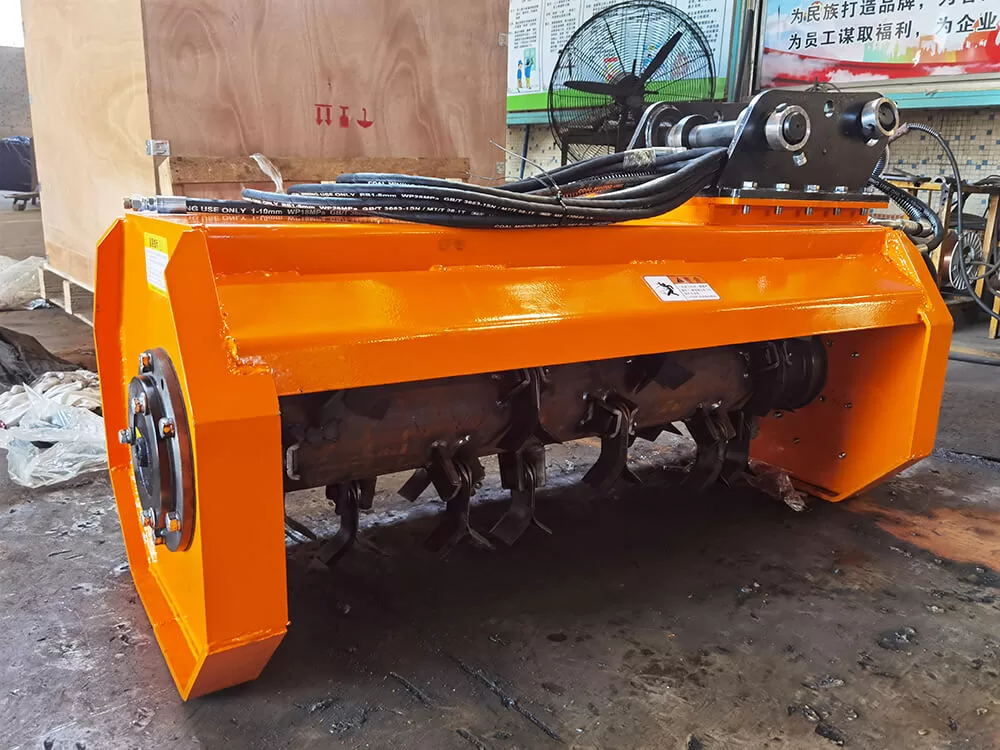
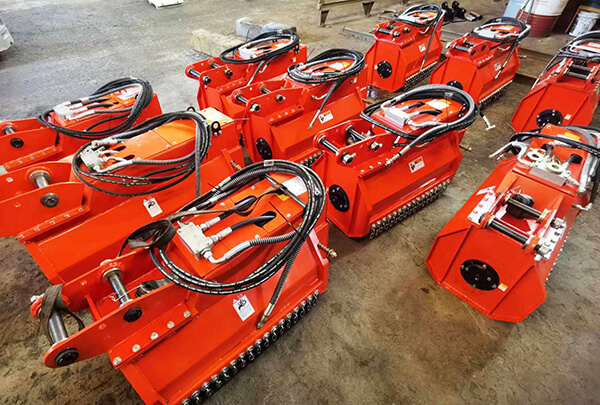
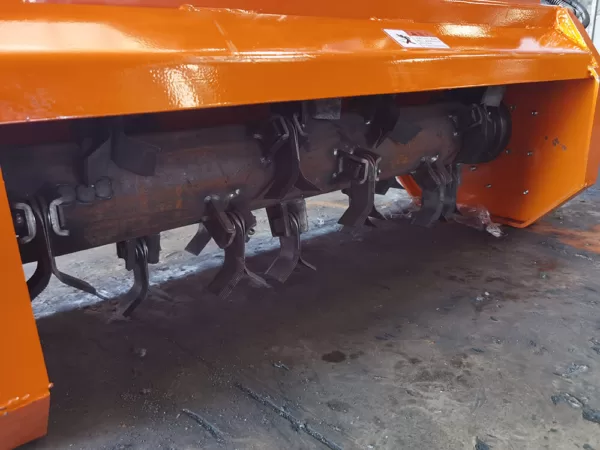
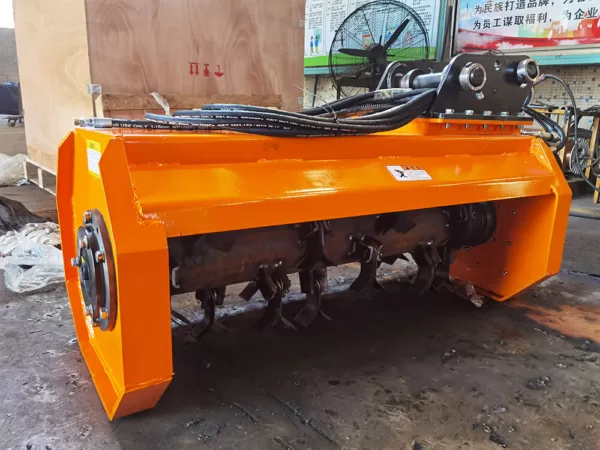

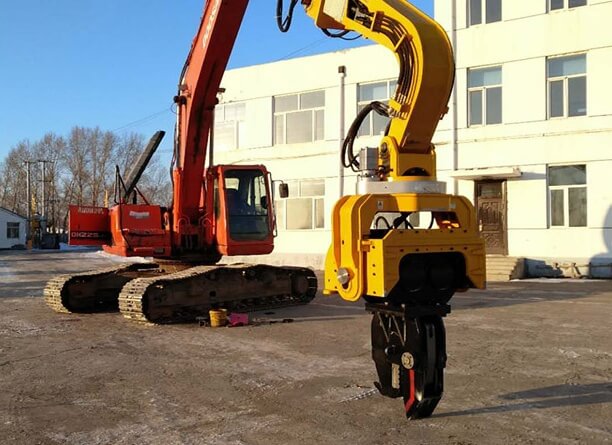

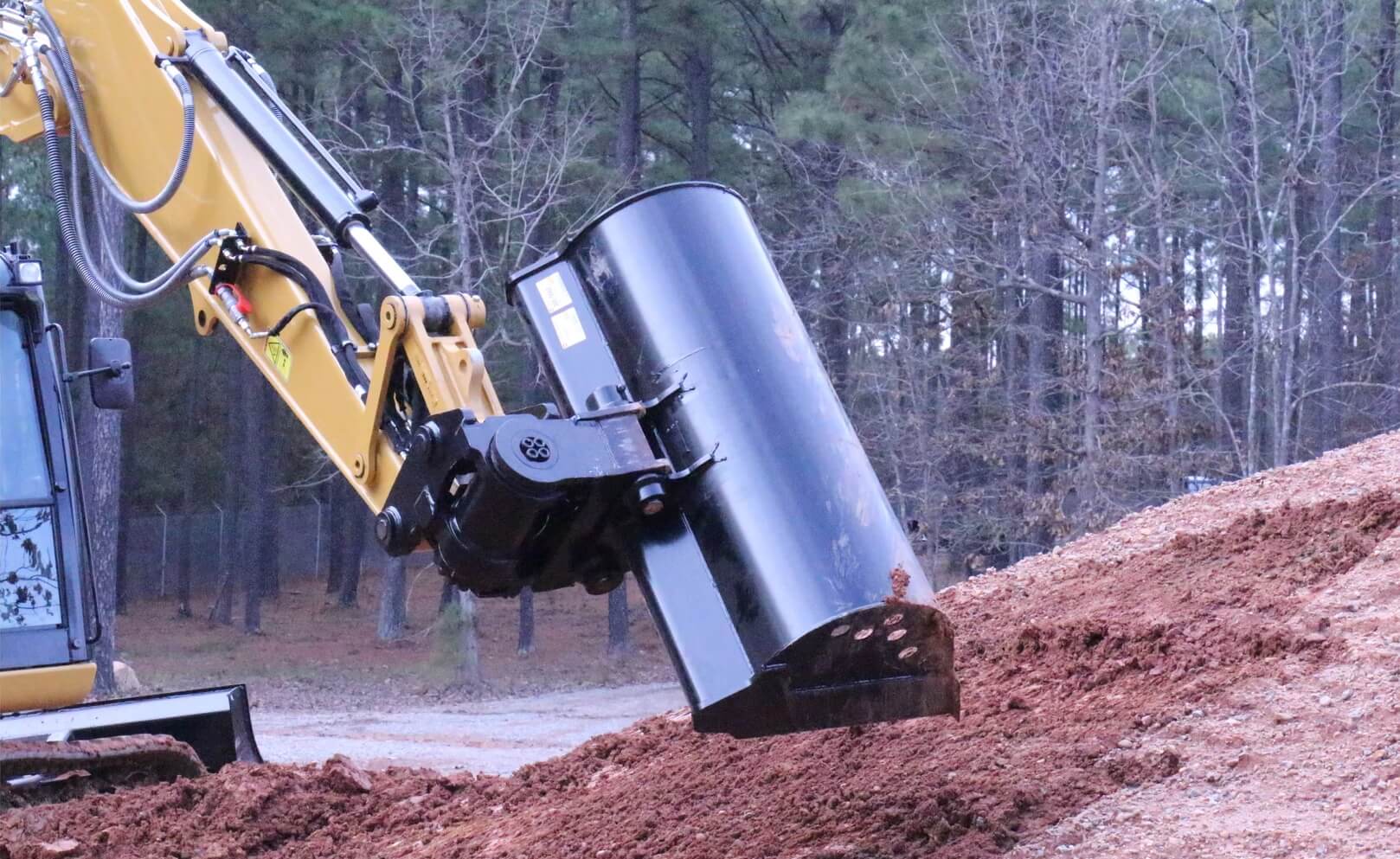
Leave A Comment